
By William Van Zyl (Published in April 2022).
Table of Contents
Design Brief:
Design a Moon-dwelling or a Moon-base (in your groups or individually) on Minecraft Education. Use the work of an architect considering aesthetics (beauty). But, more importantly, functionality. Choose an Architectural Design Era or Style (for example, Modernism, Minimalism, Hi-Tech. and more). Also, embed sustainability and scientific features and functions into the design.
Situation:
You have been asked to successfully investigate the essential aspects of living on the Moon. Bjarke Ingels – a well-known architect – is an example of an architect who has explored buildings suitable for living on the Moon. Design eras to consider are Modernism, Minimalism, and Hi-Tech. You have to use Bjarke’s ideas – or the concepts of other designers and architects – to inform your ideas and concepts. With this new knowledge, create a beautiful and practical Moon-dwelling or Moon-base in Minecraft.
Learning Intentions:
- Learn about architectural design eras and styles (Modernism, Minimalism, Hi-Tech, and more).
- Learn how Bjarke uses his architectural genius to design unique and practical buildings – or another architect’s design ideas (your choice). Implement their design ideas combined with your own architectural design ideas in the Moonbase or Moonhouse.
- Learn about, and explore scientific and technological possibilities, when planning and designing a building on another planet, like the Moon.
- Consider how Redstone works for ‘electrical and mechanical’ circuits in Minecraft. Learn how to use it in your design as a tool to make your building more efficient and sustainable.
- Learn about applying aesthetics (beauty) and function when designing the Moon building or base.
- Learn how to embed sustainability into the building. Considering aspects like recycling of building materials, harvesting energy from the Sun, mining minerals for building materials on the Moon for construction purposes, and more.
- Learn how to use existing and new Minecraft knowledge, tools, and applications to design an efficient building or base on the Moon. For example, implementing Minecraft Code.
- Learn how to develop systems – like oxygen systems – for your Moon habitat.
- ADDITIONAL: Learn how to model the Lunar base on TinkerCad. Learn how to make a 3D print on a 3D printer.
Important to consider and include in your design and presentation:
- You have to find an influential architect and design a Moon Building like Bjarke Ingels. There are more designers and architects available. Find an architect whose designs you like. Your choice of an architect. Search ‘Moon architects ‘ or Lunar architects.’
- Paste Bjarke’s (or another ‘Moon-architect’s’ – your choice) biography and some of their designs in a Google Doc (as always, share with the teacher). Comment on the design era or style. Create a table as shown in this unit of work, and compare your work with the work of your chosen architect.
- After scrutinising these ideas, show resemblances of their design work in yours – if any. In other words, there must be some ideas and concepts in your Minecraft design that sort of match his ideas or has inspired you. Point it out. You are going to use his ideas to inform your ideas (inspire your designs on the moon using Minecraft).
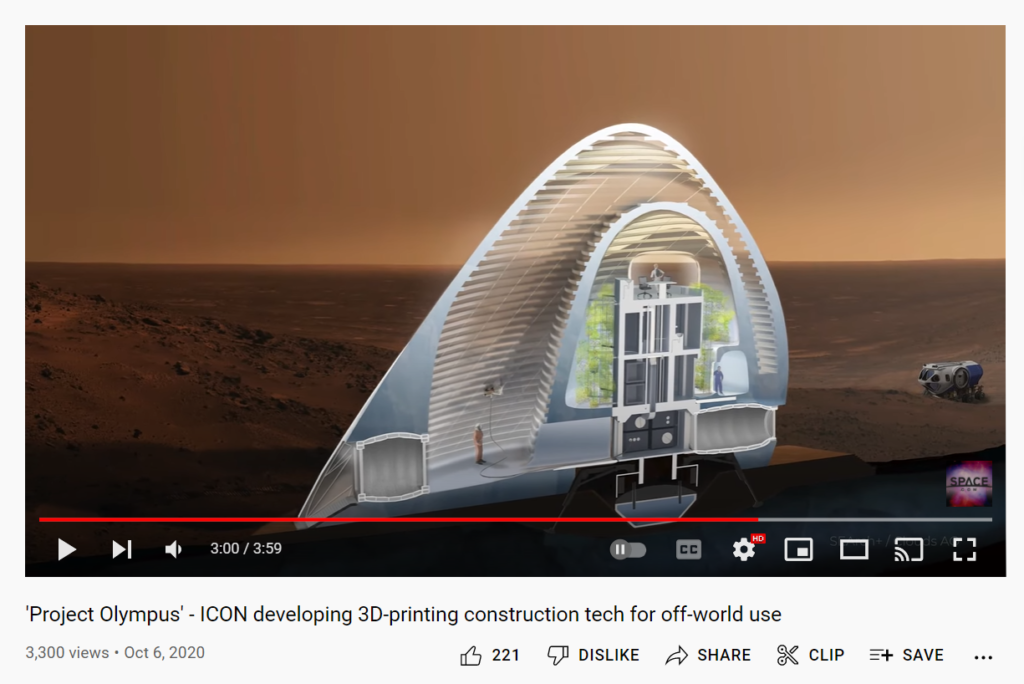

More on Project Olympus by Ingels.

.
- Your design ideas should show some resemblances to your design work on the Moon. In other words, there must be some ideas and concepts in your Minecraft design that sort of match his ideas. You will use their ideas to inform your ideas (inspire your designs on the Moon using Minecraft).
- You will get points if you have a biography and several images of a chosen ‘Moon Architect’ in your Google Doc. Must include comments below the images referring to the architectural style, materials, practicality, science inspiration, etc. Then screenshots of your Moon Building have to be pasted (screenshots) into the Doc.
- Lastly, you will compare (write up text) to show how these designs have inspired you.
Here are some exemplar ideas for the structure of the assessment. Yours have to look like this. However, the content will be different – it will be moon architecture.
Here is a product design inspired by an architect’s work:
NORMAN FOSTER: CHAIR DESIGN
Norman Foster’s work is often sleek, modern and high-tech, creating cinematic backdrops to everyday life. High-Tech architecture incorporating Sustainable Design.
Examples of Norman Foster’s architecture: STYLE: Modern, Minimal, Hi-tech, and Sustainable.

Typical Norman Foster Chair. Citic Bank in China by Norman Foster

Exploring design ideas: Chair designs based on the Modern, Minimalist, and High-tec style of Norman Foster.

*The template starts here (make a copy and start making changes).
Modernist Architecture: Pioneering design by Le Corbusier (designed in 1929).

My Minecraft Buildings designs have been inspired by Bjarke Ingels:
Bjarke and my Architectural style: Minimalism, Modernism & High-Tec.
Minimalism in Architecture:
Minimalist architecture, sometimes referred to as ‘minimalism’, involves the use of simple design elements without ornamentation or decoration. Proponents of Minimalism believe condensing a design’s content, and form to its bare essentials reveals the true ‘essence of architecture’. Source: https://www.designingbuildings.co.uk/wiki/Minimalist_architecture#:~:text=Minimalist%20architecture%2C%20sometimes%20referred%20to,true%20’essence%20of%20architecture‘.
Example Minimalism:
The term minimalist often colloquially refers to anything spare or stripped to its essentials.

Modernism in Architecture:
Modernism in architecture is characterised by its emphasis on form over ornament; appreciation of materials and structure instead of idyllic revival constructions; and the clever, methodical use of space. Source: https://www.hammondhistoricdistrict.org/what-is-modern-architecture
What defines modernism architecture?
Modernism in architecture is characterised by its emphasis on form over ornament; appreciation of materials and structure instead of idyllic revival constructions; and the clever, methodical use of space.
Hi-Tech Architecture:
High-tech architecture focuses on creating adaptable buildings through the choice of materials, internal structural elements, and programmatic design. It seeks to avoid links to the past and eschews building materials commonly used in older styles of architecture.

Video of a Moon House – Minecraft:

The design work of Bjarke Ingels.
Link to Project Olympus – Bjarke Ingels: https://www.dezeen.com/2020/10/01/project-olympus-big-icon-nasa-moon-buildings-3d-printed/



Structures will be built using robots. “3D printing with indigenous materials is a sustainable and versatile solution to off-world construction that will prove to be vital to our future here on Earth and in Outer Space.” Credit: https://www.dezeen.com/2020/10/01/project-olympus-big-icon-nasa-moon-buildings-3d-printed/\
Bio:
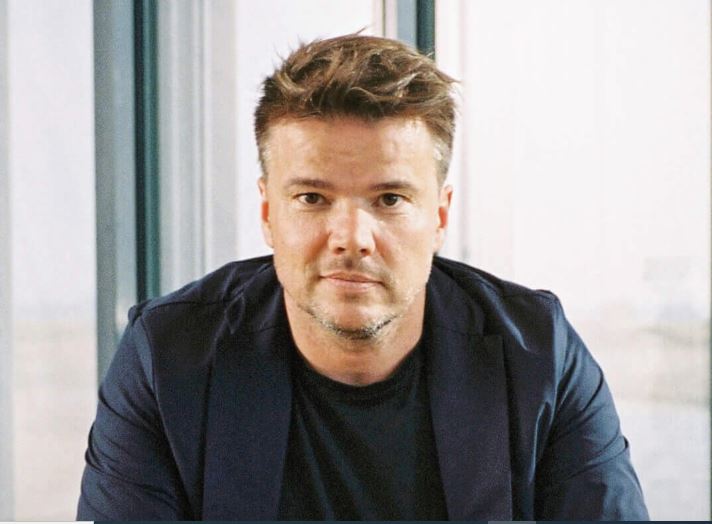
Bjarke Ingels was born October 2, 1974, in Copenhagen Denmark. His mother was a dentist and his father was an engineer. As a child, Bjarke enjoyed drawing and wanted to become a cartoonist. His parents persuaded him to attend the Royal Danish Academy of Fine Arts and study architecture.
Founded: Bjarke Ingels Group
Born: October 2, 1974, Copenhagen
Professions: Architect
Nationality: Denmark
More about Ingels and his work: https://www.mansionglobal.com/articles/architect-bjarke-ingels-is-globally-inspired-but-locally-focused-99633

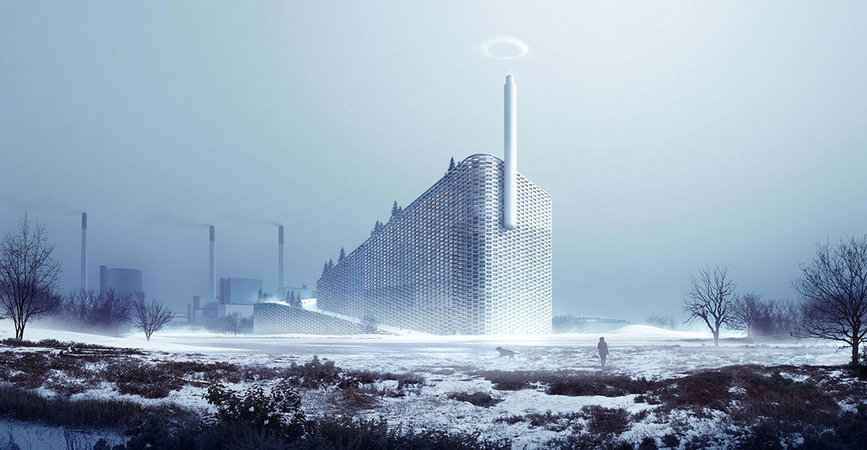
Bjarke Ingels says: ‘Architecture should be more like Minecraft.’
The architecture of Ingels for Mars:



It is under construction at the Johnson Space Center.

It will make use of ICON’s Vulcan technology
There are much more shapes and forms. Like the 3D printing shown in the pics. My buildings on the Moon will be square. Not round.
Screenshots of my design work in Minecraft:

Comparing my design with the work of Bjarke Ingels (my chosen Architect to study):
SHAPE AND FORM:
Comparing my design to Bjarke’s. Bjarkes designs left, mine on the right. Circular versus my more square-shaped buildings (Minecraft shapes).


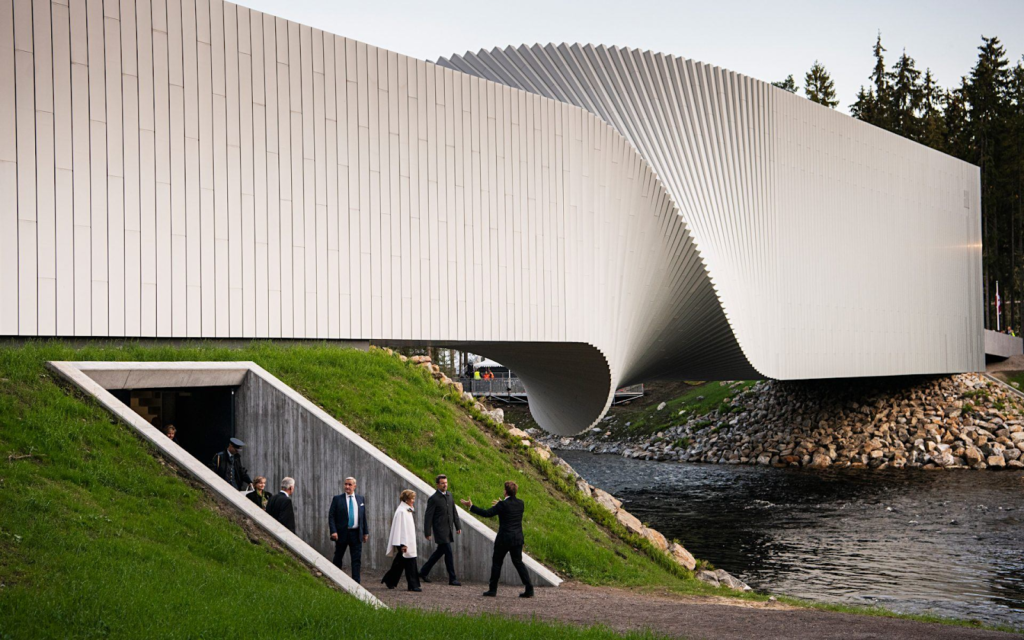
3D Printing buildings on the Moon. Images: Comparing my angular design (left) with Bjare’s round and circular 3D structures (right).
CONTINUING TO COMPARE MY DESIGNS WITH BJARKE’S DESIGNS:
Bjarke has inspired many of my design ideas; however, I have created my own concepts and ideas from his ideas. See the screenshots of my Lunar Base here.
- Shapes: Bjarke’s shapes and form are mainly circular (round). My buildings are square, rectangular and triangular. A large frame will move over the printing area to create similarly shaped structures on earth as we are used to. It is more practical than circular buildings, which waste space.
- Aerodynamics: Bjarke’s buildings will allow the high winds (solar storms and others) to flow over and around the buildings. I think my installation could be more prone to be destroyed during storms. I am still working on this aspect.
- Modern shape and forms: Bjarke’s Modern Architecture includes Minimalism. Not a lot of detail. The loose or extra stuff could be blown off during storms. I have followed the same minimalistic approach. To minimise damage during storms.
FUNCTION: Important things I have considered.
- Fluctuation of temperatures (500 degrees): I made a pocket around the buildings – just like Bjarke – for insulation against high-temperature fluctuations.
- Oxygen supply: I have greenery (plants, shrubs, small trees and veggie and fruit gardens) inside the buildings. Mine is a little bit different from Bjarke’s greenery design.
- Solar Radiation: A person on the Moon will last only a couple of days without protection. Solar Radiation is when there are explosions or flares on the Sun’s surface. Particles move through space, damaging stuff. A person will get cancer, and their DNA will have included a shield on the exterior of the building, just like Bjarke. See my detailed work on Minecraft and some of my freehand sketches and diagrams.
- Highly electrical charged abrasive particles: My shield is different from Bjarke’s. The roofs of my buildings are square.
- Sustainability: I was thinking to install photovoltaic panels (also called solar panels) on the roof (top side) to harvest light energy from the Sun (charging batteries in the building as a power supply). Bjarke did not include these. I am still working on special wind turbines for the base. To charge batteries in conjunction with the solar panels.
- Water supply: I have special water making machines installed to provide water to the people living on the Moon.
- Underground protection: Much of my building is underground, protecting against storms and high winds. Only a tiny percentage of Bjark’e buildings are underground,
| Bjarke Ingels design work | My Design work |
| Shape and form: Bjarke’s buildings are circular. This is the easiest way to 3D print on the Moon | Shape and form: Square and ’round’ combinations. My buildings will be 3D printed with a large frame that moves across the area that prints the building. |
| Functionality: Bjarke has included a pocket for insulation. | Functionality: I have also included a surrounding pocket around all the buildings. To insulate the building against the 500-degree fluctuation of temperatures on the Moon. |
| Sustainability: Bjarke used the dust of the Moon to 3D print the buildings. Gardens and greenery. | Sustainability: My concept is the same. Very difficult to get building materials to the Moon. I have included solar panels and wind turbines in my Moonbase; large batteries will be charged using Sun and wind energy. Windows will be triple glazed for sound insulation. I have included gardens and greenery for oxygen and harvesting vegetables and fruit (domes). |
| Modernism & Minimalism: Bjarke is known for his minimalistic architectural style. Less is more. His building is simple but practical. Bjarke focused on material and structure – economic and straightforward (save money). | Modernism & Minimalism: I have used his Modernism style to create my Moon-base. It is the best style, I think. With no winds and no storms, it is best to have simple smooth surfaces. You never know when a storm or something could happen – instead, be safe. Radiation is hazardous; also, asteroids could damage the building. My design style is also minimalistic. The reason is the lack of materials and the structures that have to withstand radiation and possible asteroids (raining stones from space). |
Additional: Model the Lunar base on TinkerCad. Make a 3D print.
Example by Chanu (2020) – TinkerCad.


*End of the template.
Copyright © 2022 by William Van Zyl
LESSON: Use the work of an influential designer to inform design ideas. Design a Moon-base on Minecraft Education – focus on Aesthetics and Function.
All rights reserved. This book or any portion
thereof may not be reproduced or used in any manner
whatsoever without the express written permission of the
publisher except for the use of brief quotations in a book review.
Published by Five House Publishing (New Zealand)
First Publishing, 2022

More eBooks and articles are available at https://fivehousepublishing.com/
More about the author at http://williamvanzyl.com/
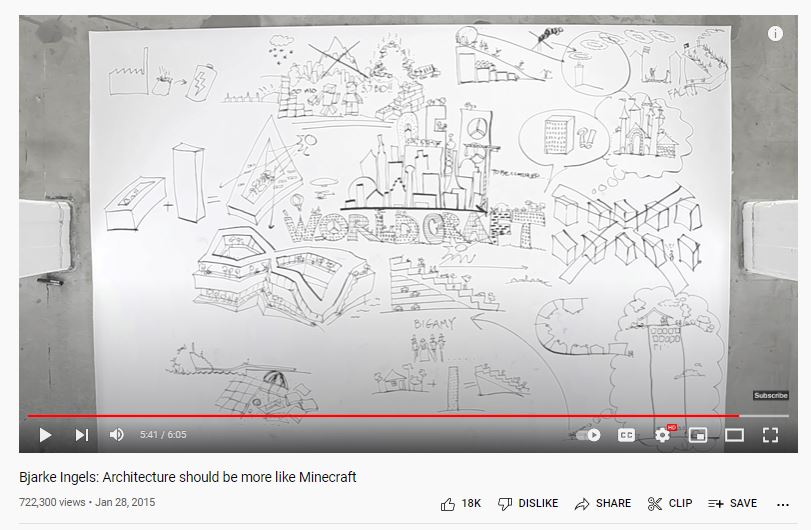
Howdy! This article couldn’t be written any better! Going through this post reminds me of my previous roommate! He continually kept talking about this. I’ll forward this post to him. Fairly certain he’s going to have a great read. Thanks for sharing!
Hi Flora
Thanks for your positive comments. They are encouraging! Much appreciated. Thanks for sharing.
Regards
William Van Zyl (Five House Publishing)